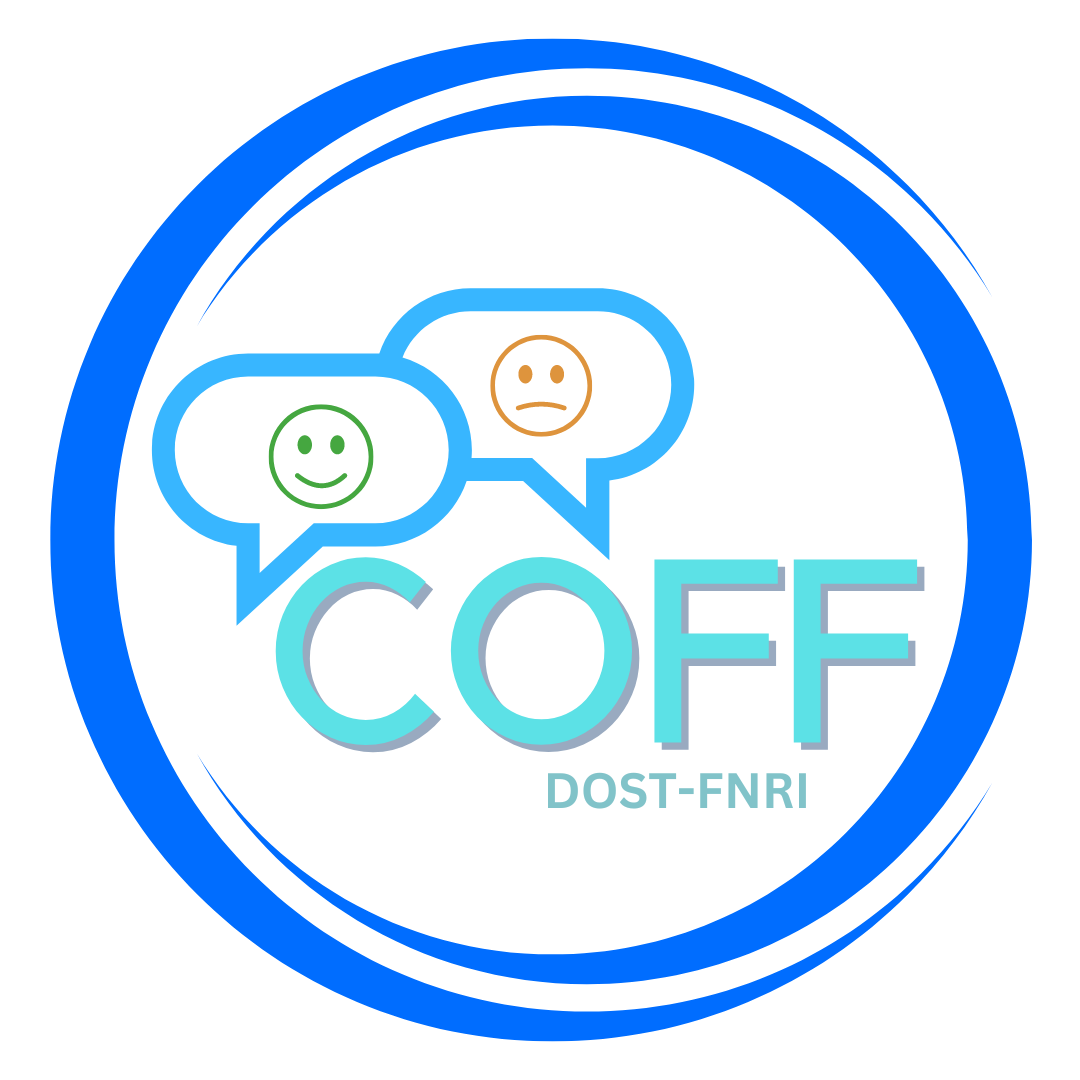- Details
- Hits: 95593
Highblood pressure, or hypertension, is one of the leading causes of stroke, heart disease, kidney failure, and premature death. Many people who have high blood pressure are not aware of it this is why hypertension is called the "silent killer". The only way to find out if you have high blood pressure is through regular monitoring.Many people celebrate special occasions with lunch or dinner in fastfoods or restaurants where fat-dense foods are served. These foods could increase your blood pressure.
One way to help beat high blood pressure during such celebrations is to eat low-fat dairy foods and more fruits and vegetables. Studies show that participants eating three servings of low-fat dairy foods combined with a low-fat diet high in fruits and vegetables experienced a greater reduction in blood pressure than those who ate a diet high in fruits and vegetable alone. These foods like fat-free milk, low cholesterol butter and oils, whole grain cereals, brown bread, bananas and other fruits, and green leafy vegetables are rich in minerals - specifically calcium, potassium, and magnesium - which are believed to have positive effects in lowering blood pressure.
Here are easy tips to help boost these nutrients to guide you in your day-to-day eating habit:
- Eat more foods that are rich in dietary fiber: e.g. oats, corn, starchy root s and tubers e.g. potatoes, gabi and kamote; fat-free milk and for those who cannot tolerate lactose in milk, select soya milk.
- Start small. Make a few changes at a time. For example, if you eat vegetables only at dinner, try cutting up carrots sticks, or boiled kamote tops with tomatoes and include this in your packed lunch.
- Sneak more fat-free milk into meals to boost daily calcium and other minerals. Add fat-free milk instead of water to your soups and hot cereals. Choose fat-free or low-fat milk based desserts. For those who have lactose intolerance, the inability to digest lactose, a type of sugar found in milk and other dairy products caused by a deficiency of the enzyme lactase, it is recommended that they should eat other calcium-rich foods: fish especially the small ones eaten with bones like dilis, and sardines; soy bean curd like tokwa of tofu; small shrimps (alamang), green leafy vegetables like malunggay leaves, saluyot, alugbati and mustasa.
- Try to cut down on the amount of fat you eat.
- Eat at least 5 servings of fruits and vegetables every day. Snack on fruits and vegetables.
- Stop smoking and limit alcohol intake.
Increase physical activity and lose weight if overweight.For a more information to guard-off hypertension, read and practice the messages contained in the Nutritional Guidelines for Filipinos developed by a Technical Committee with FNRI staff as the chair.














